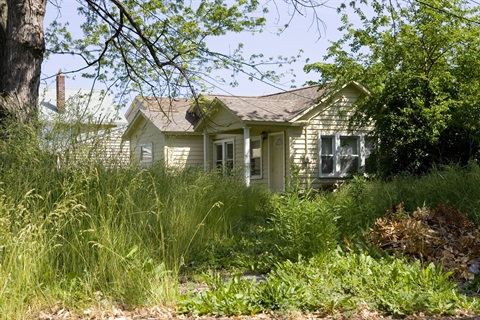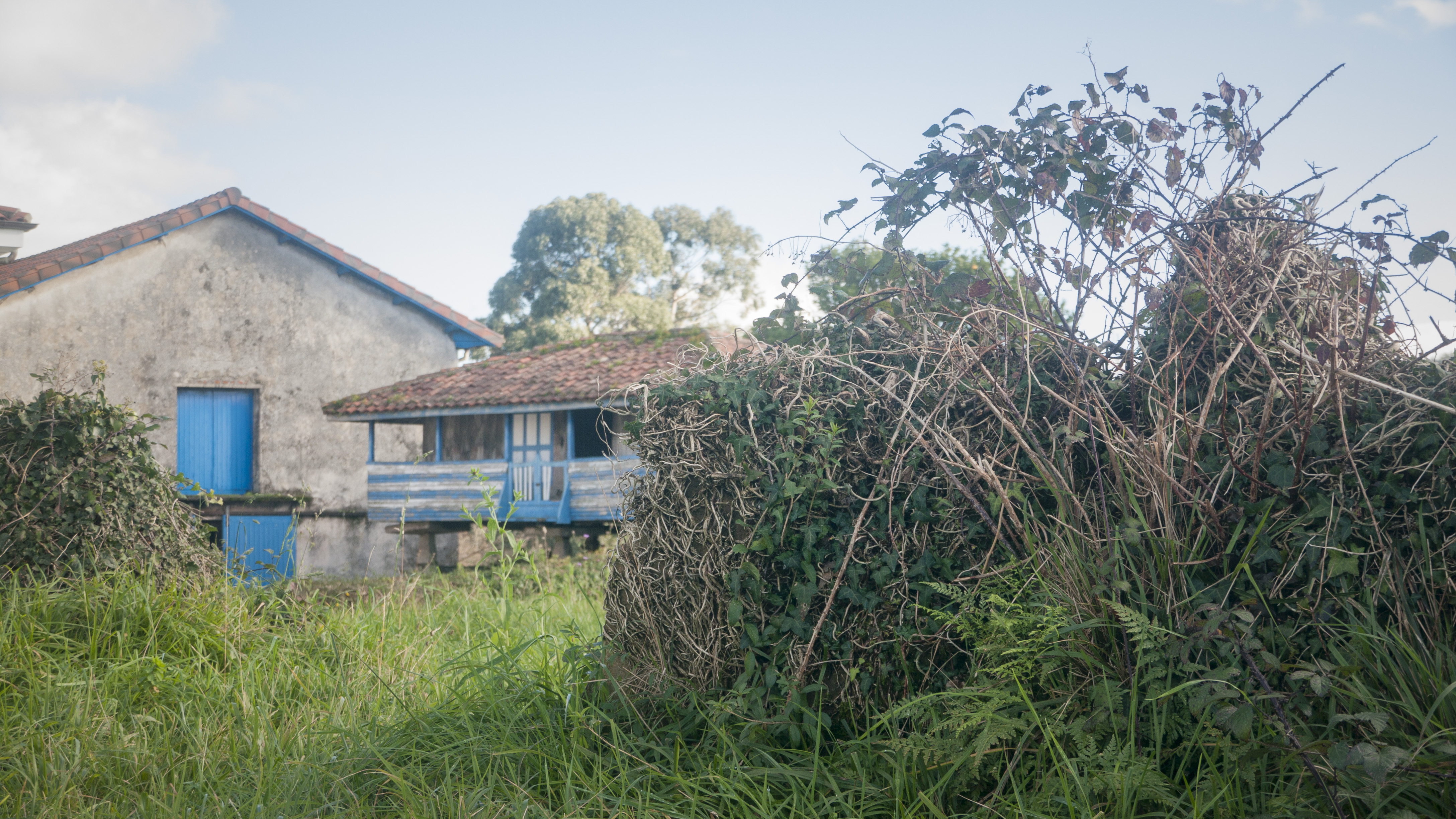Overgrown Land

Rangers investigate reports of properties (vacant or occupied) that are overgrown with vegetation.
Properties that are overgrown can be both a nuisance and a danger to neighbours and the community, as they can:
- become a place for vermin to breed
- spread weed seeds
- attract rubbish dumping or vandalism
- create a visual eyesore
- impede the public's access to footpaths and streets
- obstruct traffic control devices and pose a safety hazard to pedestrians and drivers
- become a potential fire hazard.
Council may deem a property to contain overgrown vegetation:
- if the height of vegetation, other than trees/shrubs, grass/weeds is approximately 300-400mm
- is greater in height for more than 40 percent of the grassed area on the premises.
An acceptable height for grassed areas is 100mm.

What if I notice an overgrown property?
In most cases, the best way to resolve an overgrown land issue it to talk to the property owner about it in the first instance. They may not be aware there is a problem and are usually happy to work with you to solve the issue after being notified.
If you have concerns about approaching your neighbour:
How Council responds to complaints
When Council receives a complaint about overgrown land or neglected properties, one of our Rangers will initially conduct an inspection and make contact with the land owner to discuss the problem.
If over a reasonable period of time the property has not been returned to a 'safe and healthy' state, Orders are issued under the Local Government Act to land owners of properties that are deemed overgrown with grass and weed to remedy the situation by either slashing, mowing and removing refuse to the satisfaction of Council.
It is important to note that achieving compliance under this process may take a number of weeks.
Penalties may be imposed upon those owners who fail to comply with a Council Order.